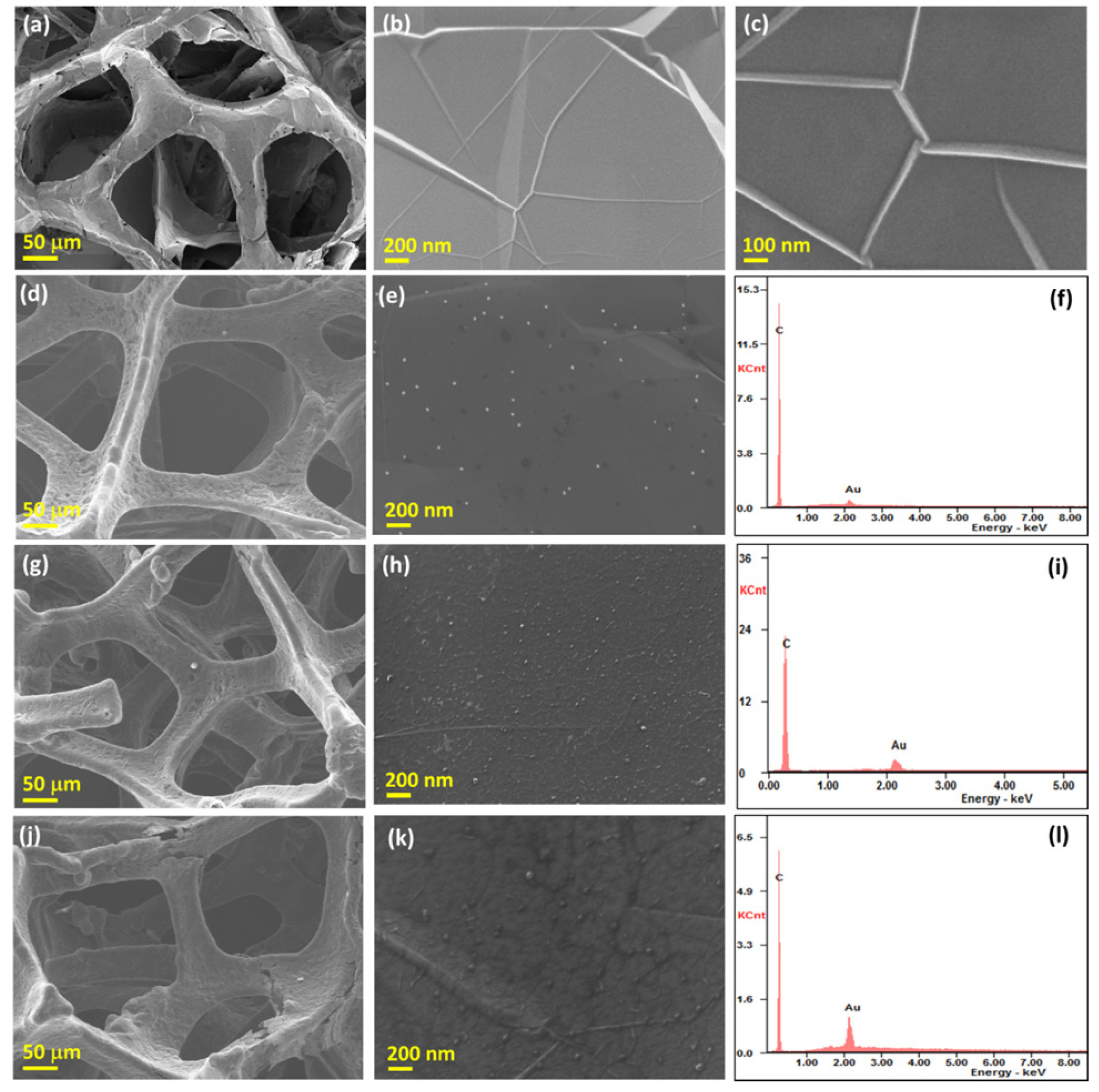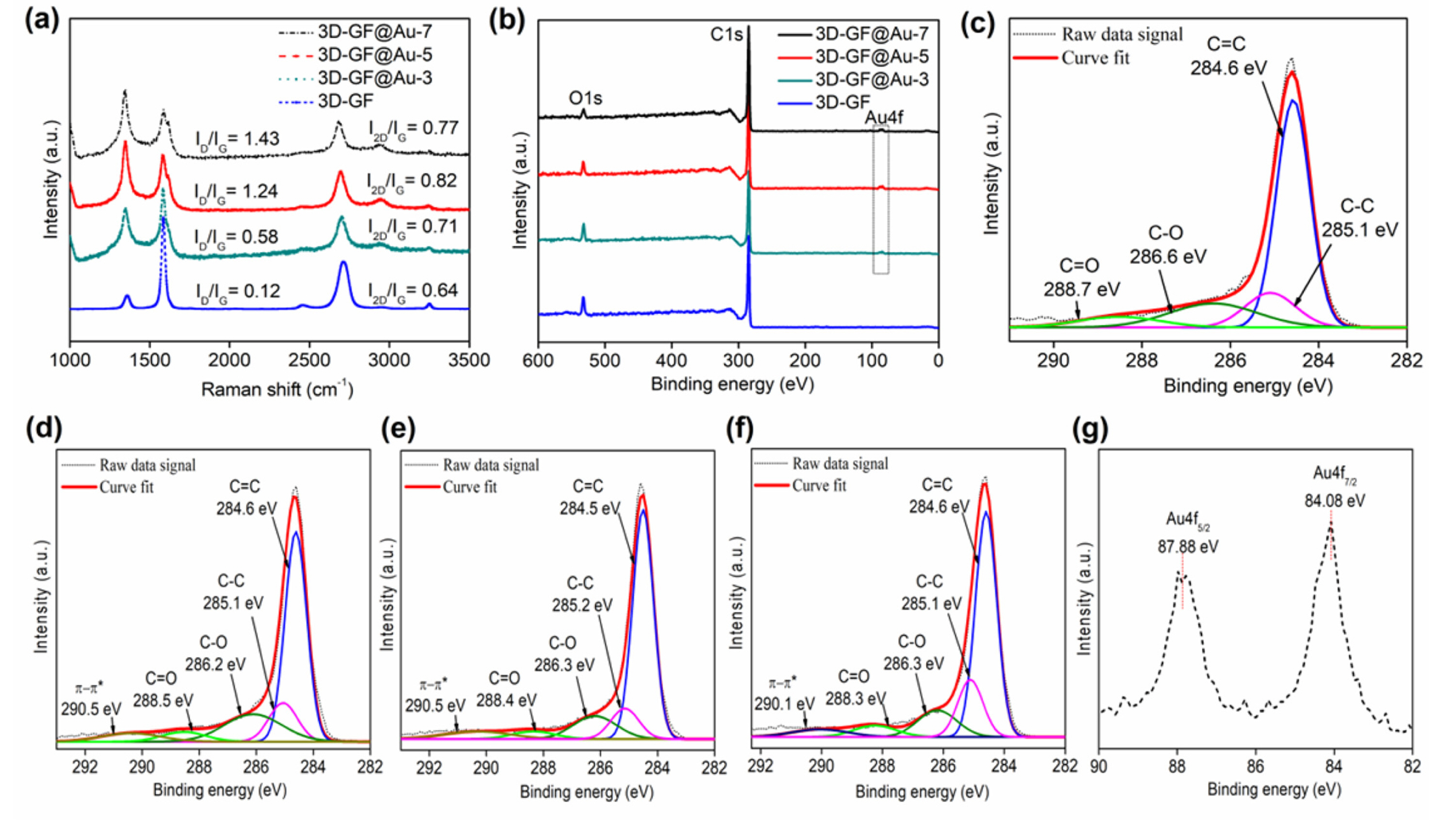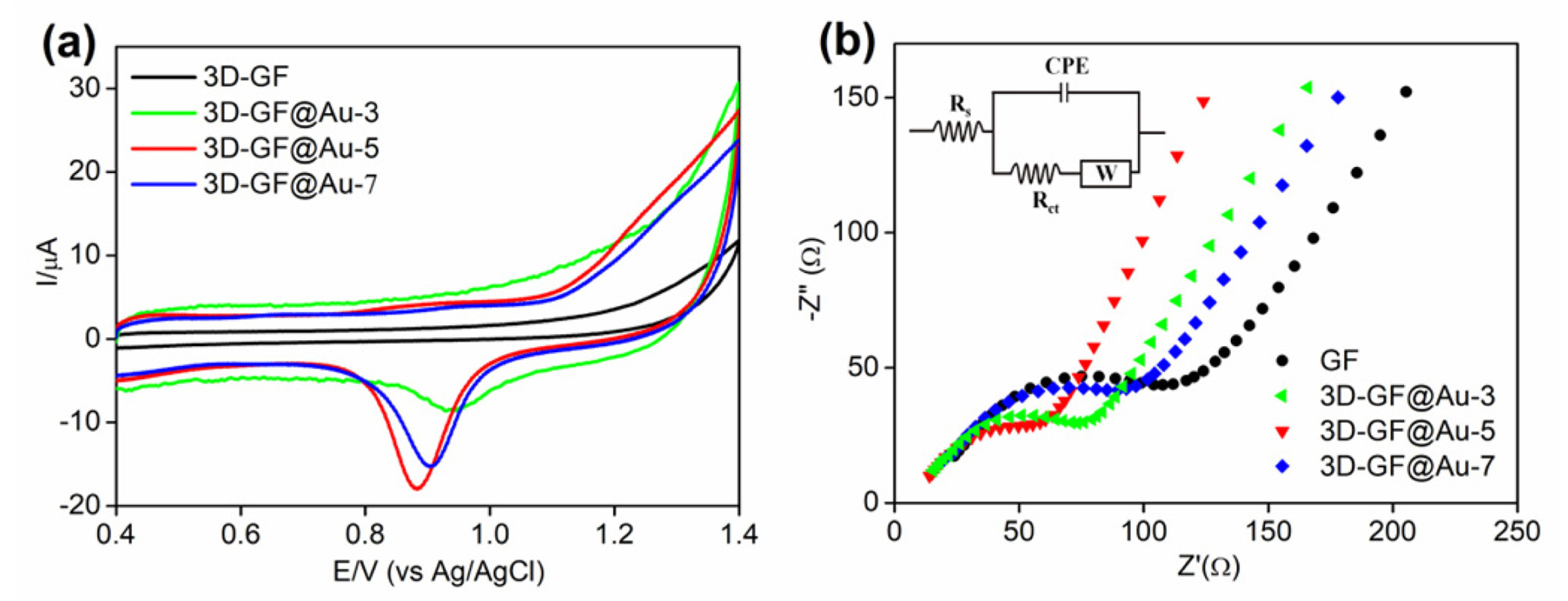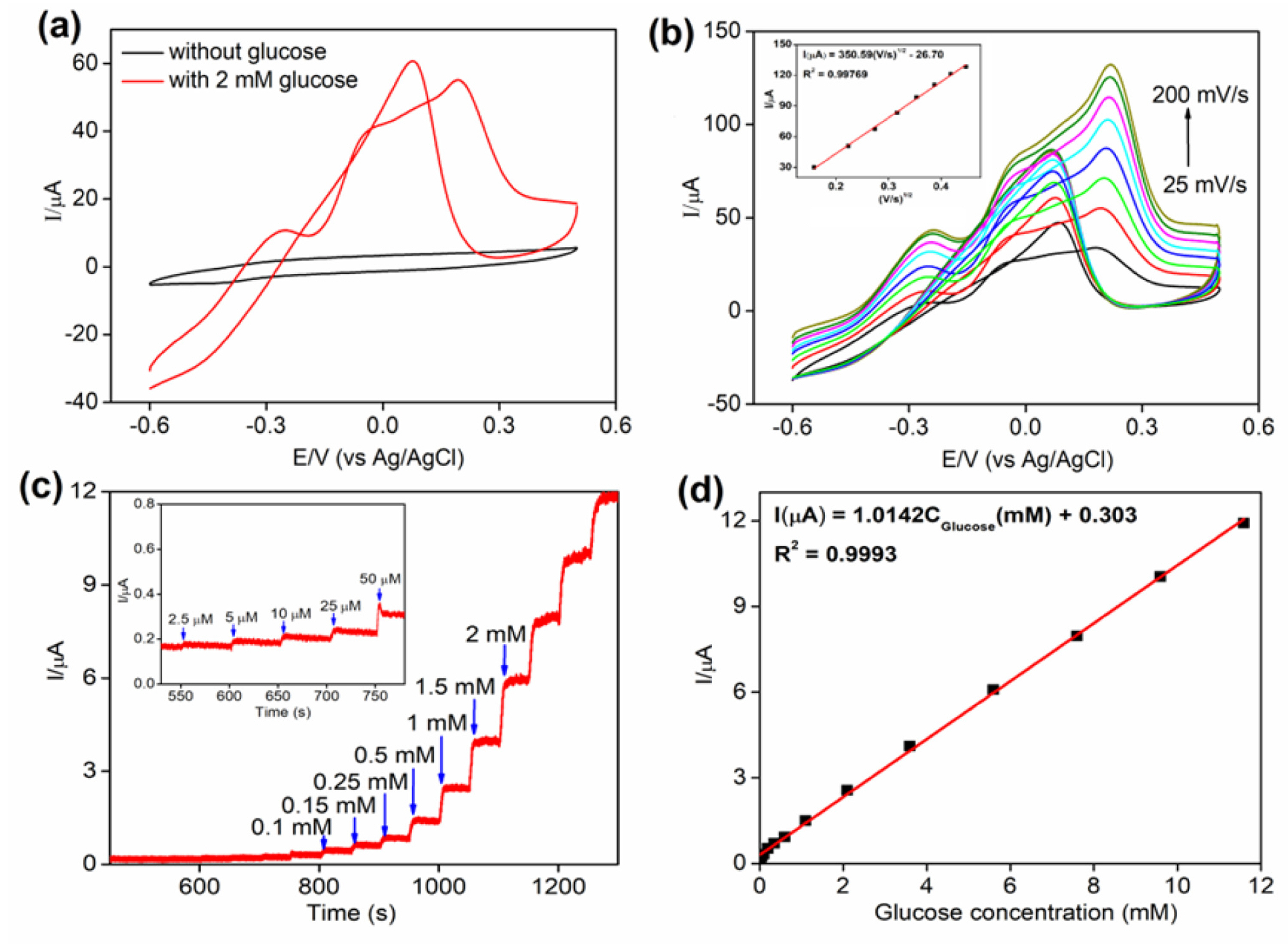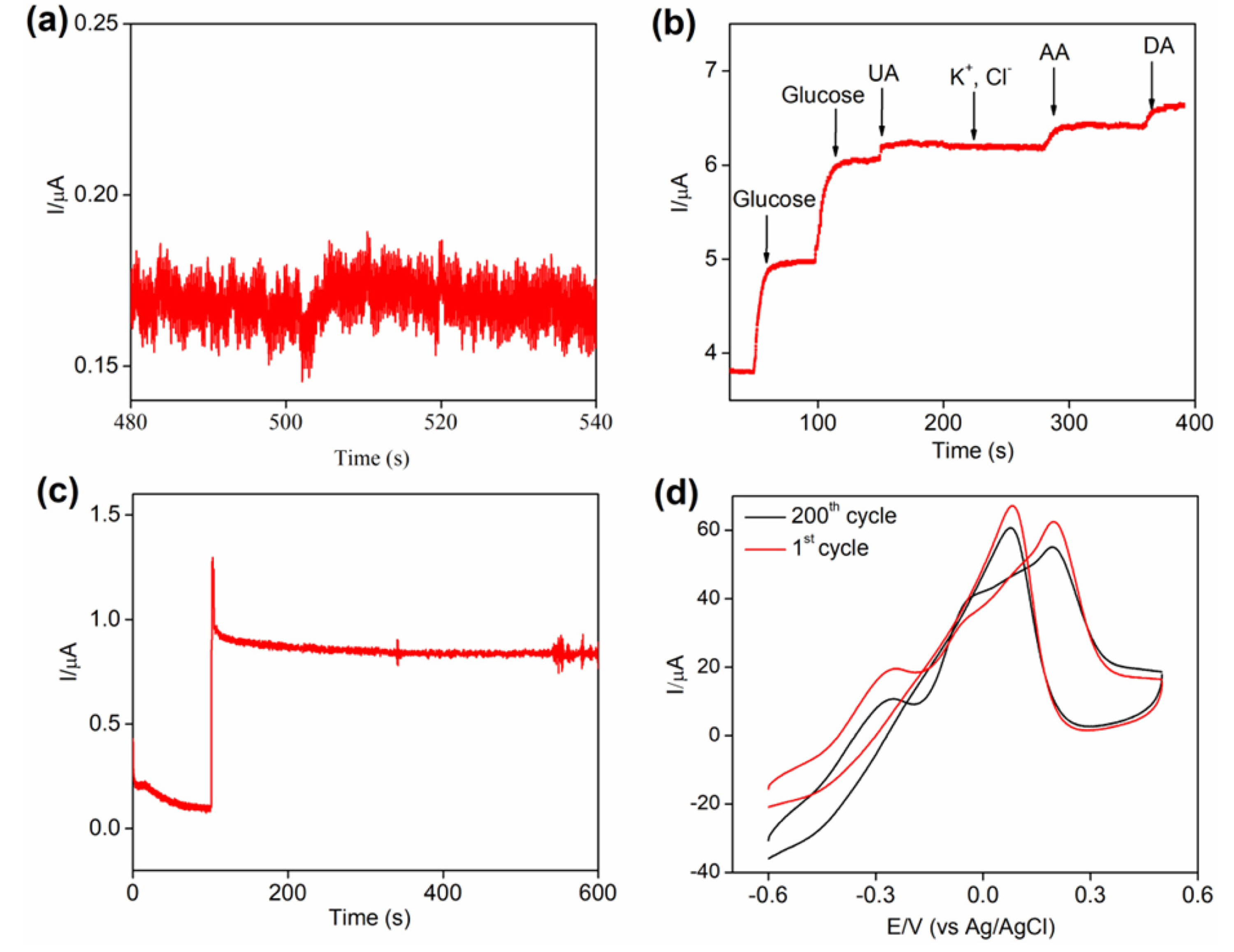[1] T.D. Thanh, N.D. Chuong, H. Van Hien, T. Kshetri, L.H. Tuan, N.H. Kim and J.H. Lee,
Prog. Mater. Sci.,
2018,
96, 51ŌĆō85.

[2] T.D. Thanh, J. Balamurugan, H.V. Hien, N.H. Kim and J.H. Lee,
Biosens. Bioelectron.,
2017,
96, 186ŌĆō193.

[3] J. Balamurugan, T.D. Thanh, N.H. Kim and J.H. Lee,
Biosens. Bioelectron.,
2016,
83, 68ŌĆō76.

[4] K. Gopalsamy, J. Balamurugan, T.D. Thanh, N.H. Kim, D. Hui and J.H. Lee,
Compos. Part B Eng.,
2017,
114, 319ŌĆō327.

[5] T.D. Thanh, N.D. Chuong, J. Balamurugan, H. Van Hien, N.H. Kim and J.H. Lee, Small, 2017, 13(39), 1ŌĆō11.
[6] T.D. Thanh, N.D. Chuong, H. Van Hien, N.H. Kim and J.H. Lee,
ACS Appl. Mater. Interfaces,
2018,
10(
5), 4672ŌĆō4681.

[7] Y. Li, Y. Zhong, Y. Zhang, W. Weng and S. Li,
Sensors Actuators, B Chem.,
2015,
206, 735ŌĆō743.

[8] X. Li and L. Zhi,
Chem. Soc. Rev.,
2018,
47(
9), 3189ŌĆō3216.

[9] M.S. Artiles, C.S. Rout and T.S. Fisher,
Adv. Drug Deliv. Rev.,
2011,
63(
14-15), 1352ŌĆō1360.

[10] S.K. Vashist and J.H.T. Luong,
Carbon,
2015,
84, 519ŌĆō550.

[11] B.. Hvolb├”k, T.V.W.. Janssens, B.S.. and J.K.. N├Ėrskov, Catalytic activity of Au nanoparticles.
Nano Today,
2007,
2(
4), 14ŌĆō18.

[12] D.T. Thompson,
Nano Today,
2007,
2(
4), 40ŌĆō43.

[13] P. Priecel, H.A. Salami, R.H. Padilla, Z. Zhong and J.A. Lopez-Sanchez,
Cuihua Xuebao/Chinese J. Catal.,
2016,
37(
10), 1619ŌĆō1650.

[14] R. Ciriminna, E. Falletta, C. Della Pina, J.H. Teles and M. Pagliaro,
Angew. Chemie - Int. Ed.,
2016,
55(
46), 14210ŌĆō14217.

[15] S.H. Lim, E.-Y. Ahn and Y. Park,
Nanoscale Res. Lett.,
2016,
11(
1), 474.

[16] Y. Li, H.J. Schluesener and S. Xu,
Gold Bull.,
2010,
43(
1), 29ŌĆō41.

[17] S.M. Shawky, A.M. Awad, W. Allam, M.H. Alkordi and S.F. EL-Khamisy,
Biosens. Bioelectron.,
2017,
92(
15), 349ŌĆō356.

[18] H. Aldewachi, T. Chalati, M.N. Woodroofe, N. Bricklebank, B. Sharrack and P.H. Gardiner,
Nanoscale,
2017,
10(
1), 18ŌĆō33.

[19] B.J. Lee, S.C. Cho and G.H. Jeong,
Curr. Appl. Phys.,
2015,
15(
5), 563ŌĆō568.

[20] T.D. Thanh, J. Balamurugan, S.H. Lee, N.H. Kim and J.H. Lee,
Biosens. Bioelectron,
2016,
81, 259ŌĆō267.

[21] M. Rybin, A. Pereyaslavtsev, T. Vasilieva, V. Myasnikov, I. Sokolov, A. Pavlova, E. Obraztsova, A. Khomich, V. Ralchenko and E. Obraztsova,
Carbon,
2016,
96, 196ŌĆō202.

[22] Z. Zafar, Z.H. Ni, X. Wu, Z.X. Shi, H.Y. Nan, J. Bai and L.T. Sun,
Carbon,
2013,
61, 57ŌĆō62.

[23] T.D. Thanh, J. Balamurugan, J.Y. Hwang, N.H. Kim and J.H. Lee,
Carbon,
2016,
98, 90ŌĆō98.

[24] T. Han, J. Jin, C. Wang, Y. Sun, Y. Zhang and Y. Liu,
Nanomaterials,
2017,
7, 40.

[25] Y. Sim, J. Kwak, S.-Y. Kim, Y. Jo, S. Kim, S.Y. Kim, J.H. Kim, C.-S. Lee, J.H. Jo and S.-Y. Kwon,
J. Mater. Chem. A.,
2018,
6(
4), 1504ŌĆō1512.

[26] W. Wang, S. Guo, I. Lee, K. Ahmed, J. Zhong, Z. Favors, F. Zaera, M. Ozkan and C.S. Ozkan, Sci. Rep., 2014, 4, 9ŌĆō14.
[27] X. Wang, X. Guo, J. Chen, C. Ge, H. Zhang, Y. Liu, L. Zhao, Y. Zhang, Z. Wang and L. Sun,
J. Mater. Sci. Technol.,
2017,
33(
3), 246ŌĆō250.

[28] G. Zhu, Z. He, J. Chen, J. Zhao, X. Feng, Y. Ma, Q. Fan, L. Wang and W. Huang,
Nanoscale.,
2014,
6(
2), 1079ŌĆō1085.

[29] T.D. Thanh, J. Balamurugan, N.T. Tuan, H. Jeong, S.H. Lee, N.H. Kim and J.H. Lee,
Biosens. Bioelectron.,
2017,
89(
2), 750ŌĆō757.

[30] W. Choi, M.A. Shehzad, S. Park and Y. Seo,
RSC Adv.,
2017,
7(
12), 6943ŌĆō6949.

[31] R. Blume, P.R. Kidambi, B.C. Bayer, R.S. Weatherup, Z.J. Wang, G. Weinberg, M.G. Willinger, M. Greiner, S. Hofmann, A. Knop-Gericke and R. Schl├Čgl,
Phys. Chem. Chem. Phys.,
2014,
16(
47), 25989ŌĆō26003.

[32] T. Li and J.A. Yarmoff,
Surf. Sci.,
2018,
675, 70ŌĆō77.

[33] L.C. Wang, Y. Zhong, H. Jin, D. Widmann, J. Weissm├╝ller and R.J. Behm,
Beilstein J. Nanotechnol.,
2013,
4, 111ŌĆō128.

[34] M. Taei, E. Havakeshian, H. Salavati and F. Abedi,
RSC Adv.,
2016,
6(
33), 27293ŌĆō27300.

[35] W. Liu, X. Wu and X. Li,
RSC Adv.,
2017,
7(
58), 36744ŌĆō36749.

[36] L. Yang, Y. Zhang, M. Chu, W. Deng, Y. Tan, M. Ma, X. Su, Q. Xie and S. Yao,
Biosens. Bioelectron,
2014,
52, 105ŌĆō110.

[37] J. Wang, H. Gao, F. Sun and C. Xu,
Sensors Actuators, B Chem.,
2014,
191, 612ŌĆō618.

[38] M. Liu, R. Liu and W. Chen,
Biosens. Bioelectron.,
2013,
45, 206ŌĆō212.

[39] A. Weremfo, S.T.C. Fong, A. Khan, D.B. Hibbert and C. Zhao,
Electrochim. Acta.,
2017,
231, 20ŌĆō26.

[40] T. Kangkamano, A. Numnuam, W. Limbut, P. Kanatharana and P. Thavarungkul,
Sensors Actuators, B Chem.,
2017,
246, 854ŌĆō863.

[41] D. Geng, X. Bo and L. Guo,
Sensors Actuators, B Chem.,
2017,
244, 131ŌĆō141.

